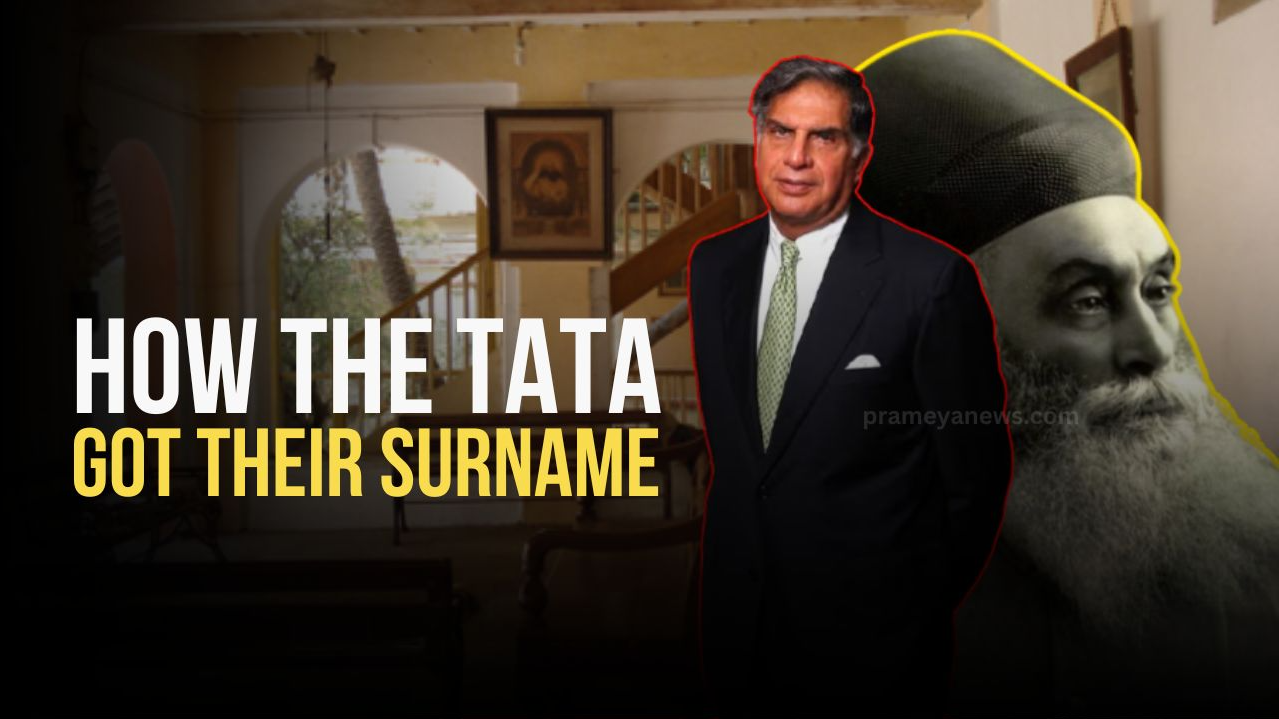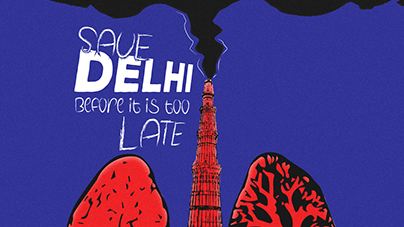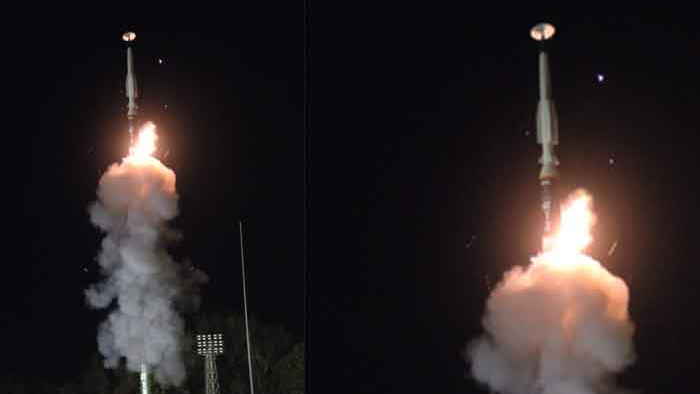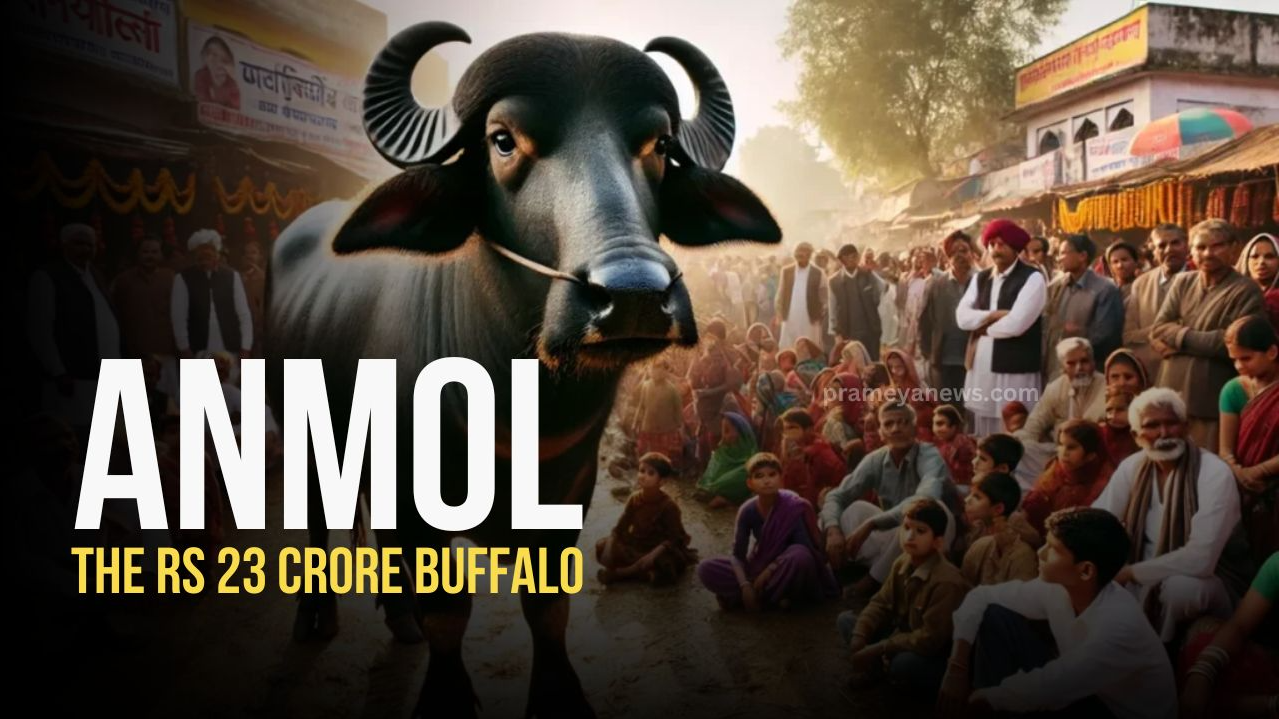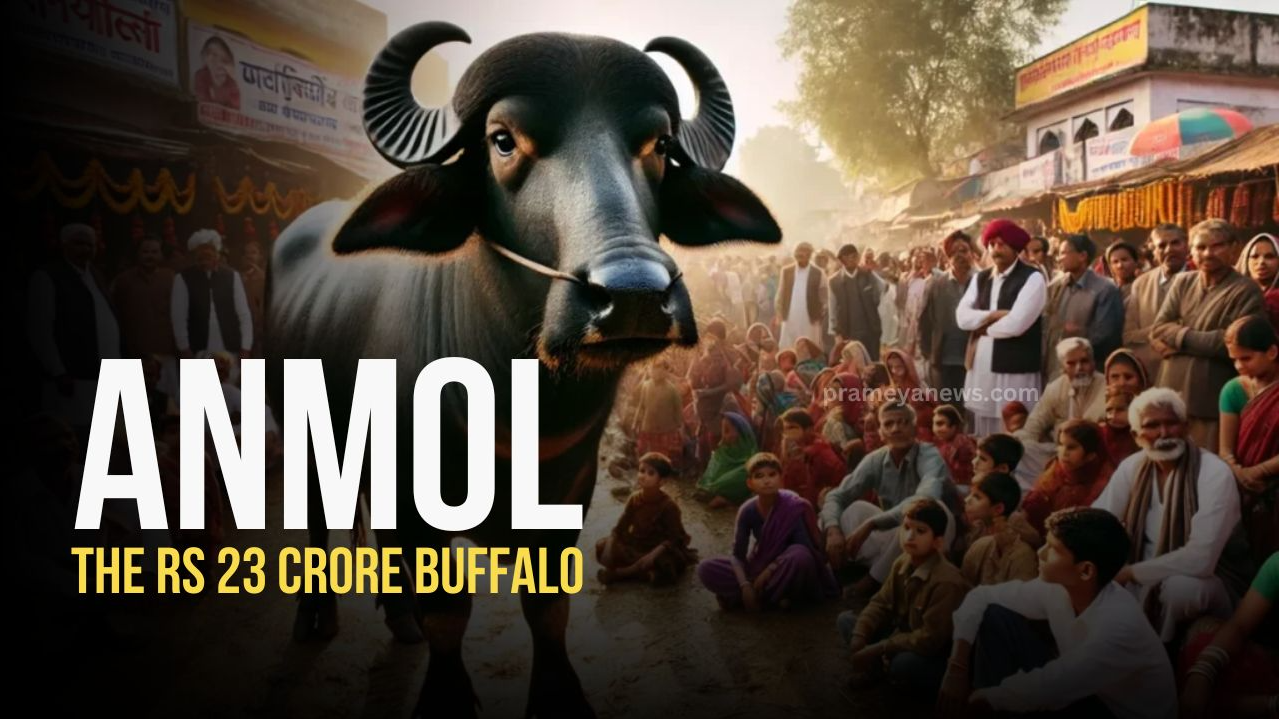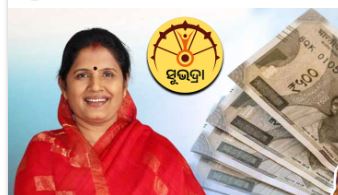Ratan Tata, a name synonymous with Indian industry and philanthropy, carries a surname that resonates with millions across the globe. But few know the intriguing story behind how the Tata name came to be. Contrary to popular belief, "Tata" wasn't always the family name. It's a tale that intertwines with the fiery personality of an ancestor and a linguistic quirk of the Gujarati language.
To understand this transformation, we need to trace the lineage back to the roots of the Tata dynasty:
- Nusserwanji Tata: A revered Parsi priest, or dastur, Nusserwanji laid the foundation for the family's future prominence. He was Ratan Tata's great-great-grandfather.
- Jamsetji Nusserwanji Tata: The visionary founder of the Tata Group, Jamsetji inherited his father's entrepreneurial spirit and transformed the family's fortunes.
So, how did the "Dastur" family become the "Tata" family? The answer lies in the personality of Jamsetji Tata's father, Nusserwanji. Known for his passionate and somewhat fiery temperament, Nusserwanji earned a unique nickname. In Gujarati, the word "tata" is used to describe someone with a hot temper. This nickname, initially a colloquialism, eventually stuck and evolved into the family's surname, replacing their original priestly title of "Dastur."
This fascinating evolution highlights the fluidity of identity and how seemingly insignificant events can shape the course of history. Today, the Tata name is recognized worldwide as a symbol of innovation, integrity, and social responsibility, a testament to the enduring legacy of a family that rose from humble beginnings to become one of India's most influential forces.




